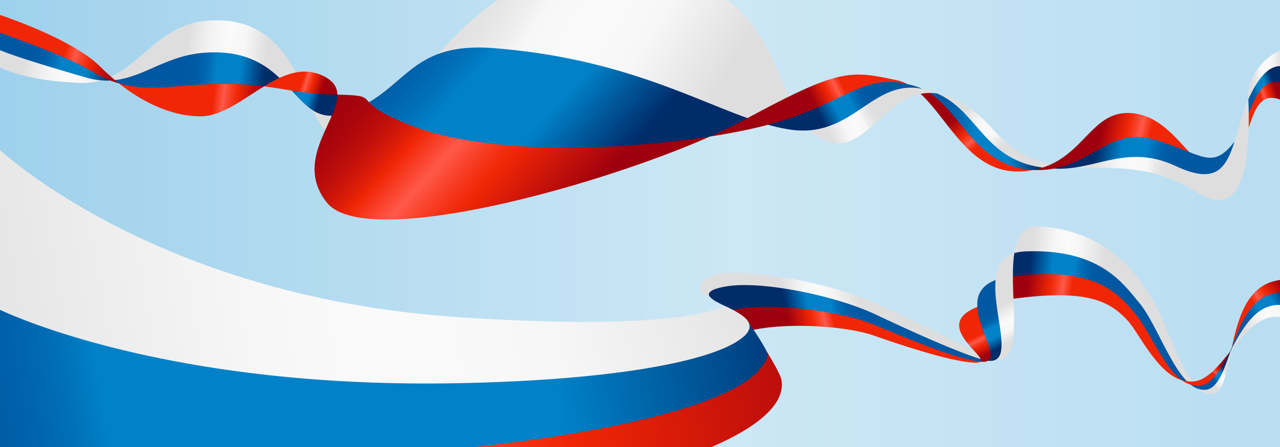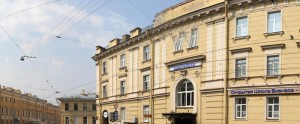Education in Russia
The Soviet state provided child care and preschools for children, under the age of seven (when children typically begin elementary school). Initially, the state maintained that the child care centers allowed working mothers to return to the workplace. At one point, there were over 88,000 preschools alone in the Soviet State. With such a high number of people desiring child care resulting in shortages of child care or preschool spots, many families turned to extended family members to care for their children.
After the dissolution of the Soviet state, many cutbacks in the area of childcare and education funding have caused reduced services, resources and inadequate facilities. In fact, the government attempted to go to a pay-system for education, charging parents for what was once a free pre-elementary program. However, with a large degree of parental pushback and protest, the state continued its program of free preschool education and is now allowed to charge a maximum of 20% of the education costs to the parents. Today, education at this level and at the elementary level is provided by the Ministry of Education and Science. Localized authorities regulate education in their specific areas, according to federal guidelines. Today, with a higher birthrate in recent years, cities are experiencing major shortages of available kindergarten openings, and in some cases have waiting lists of thousands of children.
In 2007, the eleven-year school program became mandatory. Up until this point, the tenth and eleventh grades were optional. Elementary classes are typically held in their own specific hall of the school building, where it is not unusual for a student to have the same elementary teacher for their first four years of school. Nearly all teachers are women (nearly 99%). Once children reach grade five, they are taught by a dedicated teacher per subject. Once students have completed their first nine years of school, they may choose to go on with the 10th and 11th grades a ‘normal’ school or they may enter a vocational school where trade skills and the like are taught at a highly specialized level.
Upon completion of a secondary education, many people go on to what is known as the “tertiary” education (or what is comparable to the university education). In Russia, nearly half of the adult population has been educated at the tertiary level, which far surpasses the rate of university level study in other European countries. Up until recently, the Russian model of a tertiary education did not distinguish between a bachelor’s degree and a master’s degree. In fact, the tertiary degree would require five or six years to complete, and the student would then hold a ‘specialist’ degree. Now, Russia is moving toward the “Bologna model” of education, where a student would be required to earn a bachelor’s degree first (in a typical four year program) and then move on to a master’s degree (a two year program). However, the change to the Bologna system has not been met with applause necessarily by all students. Many in Russia see the change as a waste of time, since earning a bachelor’s degree does not require the same course of study in specialized areas, like the old model of the tertiary education did.


